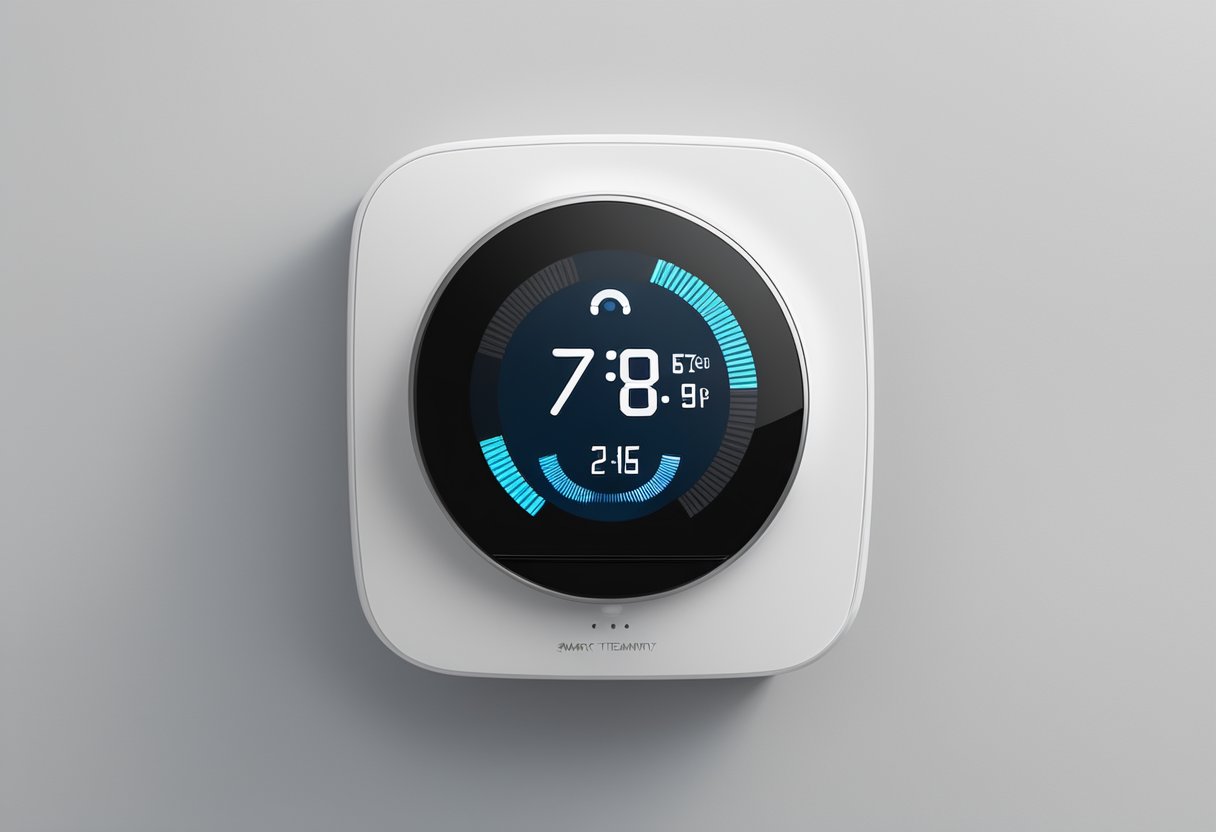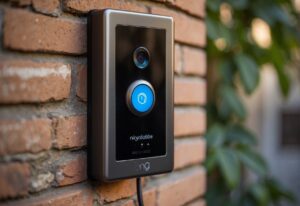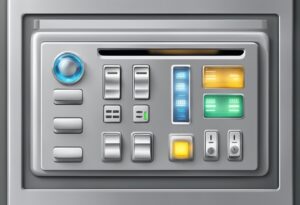Smart thermostats with humidity control are becoming increasingly popular among homeowners who want to maximize their comfort while minimizing their energy bills.
These devices allow users to set the temperature and humidity levels in their homes with greater precision, which can lead to significant savings on heating and cooling costs. In this article, we will explore the benefits of smart thermostats with humidity control and how they can be integrated with home automation systems to further enhance their functionality.
Understanding Smart Thermostats
Smart thermostats are Wi-Fi-enabled devices that allow users to control the temperature in their homes remotely using a smartphone app or a voice assistant like Amazon Alexa or Google Assistant.
These devices use sensors to detect when someone is home and adjust the temperature accordingly, which can help to reduce energy waste and lower utility bills. Some smart thermostats also use machine learning algorithms to learn a user’s preferences over time and automatically adjust the temperature to suit their needs.
The Role of Humidity Control
Humidity control is an important feature of smart thermostats that can help to improve indoor air quality and prevent mold and mildew growth.
High humidity levels can make a home feel muggy and uncomfortable, while low humidity levels can cause dry skin and respiratory problems. Smart thermostats with humidity control allow users to set the ideal humidity level for their homes and adjust it as needed to maintain optimal comfort.
Key Takeaways
- Smart thermostats with humidity control can help homeowners maximize their comfort while minimizing their energy bills.
- These devices use sensors to detect when someone is home and adjust the temperature accordingly, which can help to reduce energy waste and lower utility bills.
- Humidity control is an important feature of smart thermostats that can help to improve indoor air quality and prevent mold and mildew growth.
Understanding Smart Thermostats
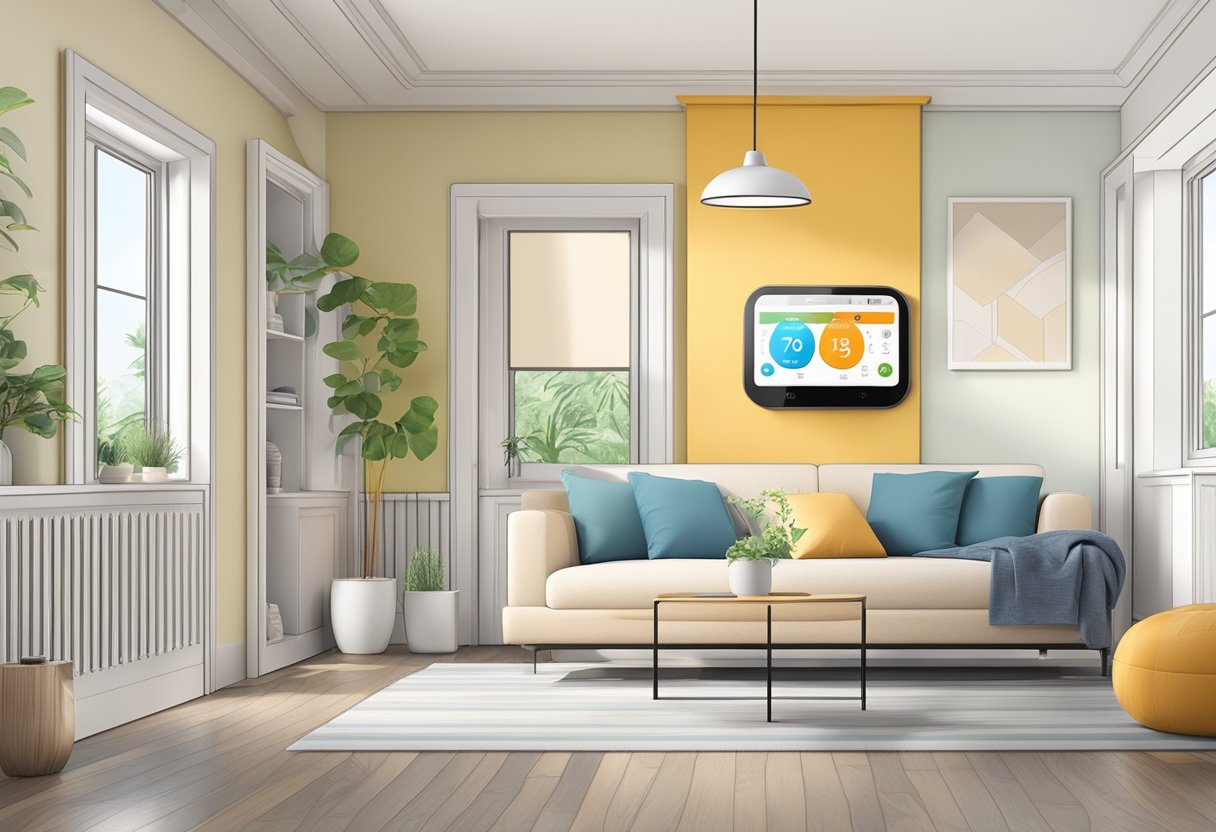
Smart thermostats are the latest innovation in home automation technology. They are designed to provide homeowners with a more convenient and energy-efficient way to control the temperature in their homes.
These devices are equipped with a range of features and capabilities that make them more advanced than traditional thermostats.
Core Features and Capabilities
One of the core features of a smart thermostat is its ability to learn and adapt to the user’s preferences. This means that the thermostat can automatically adjust the temperature based on the user’s habits and schedule.
For example, if the user sets the thermostat to a certain temperature at a specific time, the device will learn this and adjust the temperature accordingly in the future.
Another key feature of smart thermostats is their ability to be controlled remotely. This means that the user can adjust the temperature from anywhere using their smartphone or other smart device.
This is particularly useful for people who are frequently away from home, as they can ensure that their home is at a comfortable temperature before they arrive.
Smart thermostats also often come equipped with humidity sensors, allowing them to monitor and adjust the humidity levels in the home. This is particularly important in areas with high humidity, as it can help prevent mold growth and other issues.
Smart Thermostat Brands and Models
There are several popular brands and models of smart thermostats on the market today. Nest, Ecobee, and Honeywell are among the most well-known and trusted brands.
The Nest Learning Thermostat is a popular choice, as it is easy to use and can learn the user’s preferences quickly. The Ecobee Smart Thermostat is another popular option, as it comes equipped with a range of advanced features, including remote control and humidity sensing.
Amazon also recently released its own smart thermostat, the Amazon Smart Thermostat, which is compatible with Alexa and other Amazon devices. Google also offers the Google Nest Thermostat, which is another popular choice among homeowners.
The Role of Humidity Control
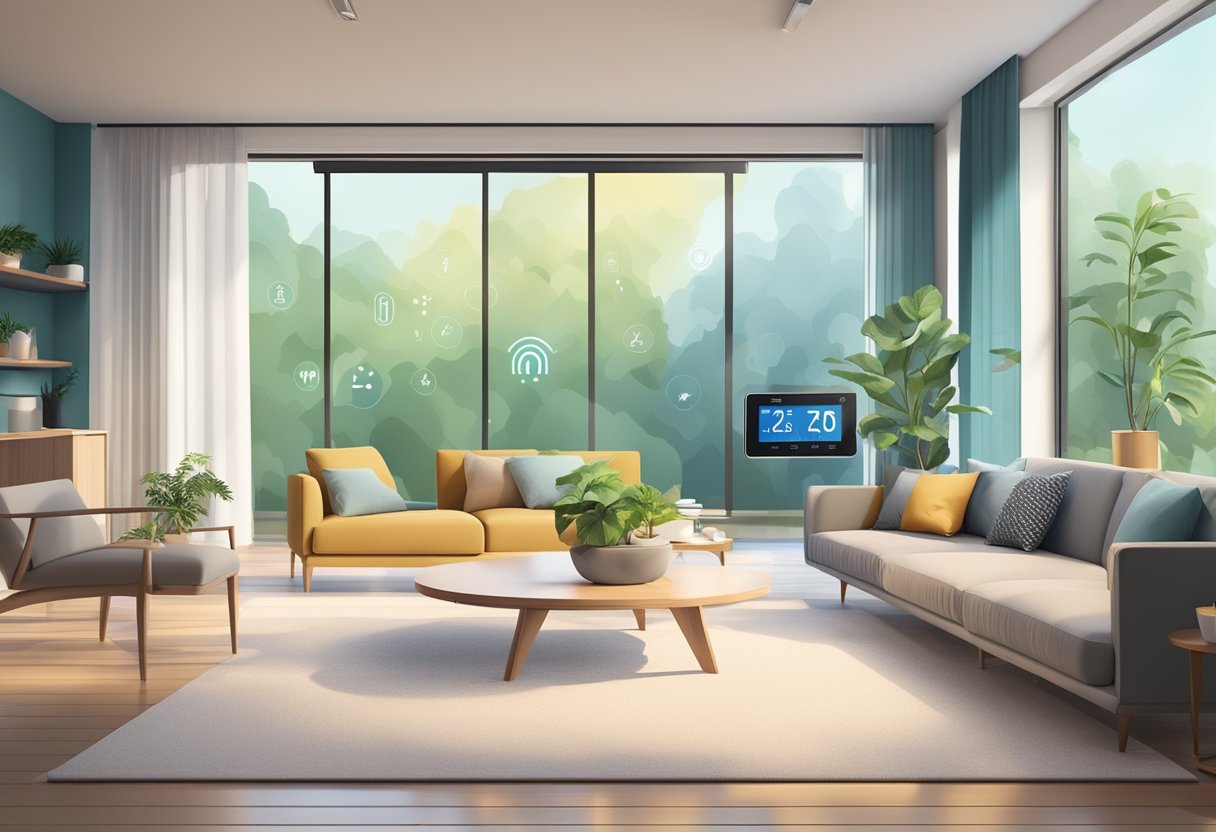
Smart thermostats with humidity control are becoming increasingly popular due to the benefits they offer in maintaining optimal indoor air quality. Humidity control is an essential function of a smart thermostat as it helps regulate the amount of moisture in the air.
Benefits of Humidity Management
Maintaining optimal humidity levels in the home can provide several benefits. One of the most significant benefits is improved indoor air quality.
When humidity levels are too high, it can lead to the growth of mold and mildew, which can cause respiratory problems and allergies. On the other hand, when humidity levels are too low, it can lead to dry skin, respiratory problems, and other health issues.
Smart thermostats with humidity control can help maintain optimal humidity levels, which can improve indoor air quality and reduce the risk of respiratory problems and allergies. Additionally, maintaining optimal humidity levels can also help protect furniture, artwork, and other valuable items from damage caused by excess moisture or dryness.
Humidity Sensors and Indoor Air Quality
Smart thermostats with humidity control use humidity sensors to detect the amount of moisture in the air. These sensors can provide accurate readings of the humidity level in the home, allowing the thermostat to adjust the temperature and humidity level accordingly.
Humidity sensors can also help improve indoor air quality by detecting the presence of moisture in the air. If the humidity level is too high, the thermostat can activate the dehumidifier to remove excess moisture from the air. If the humidity level is too low, the thermostat can activate the humidifier to add moisture to the air.
Integration with Home Automation
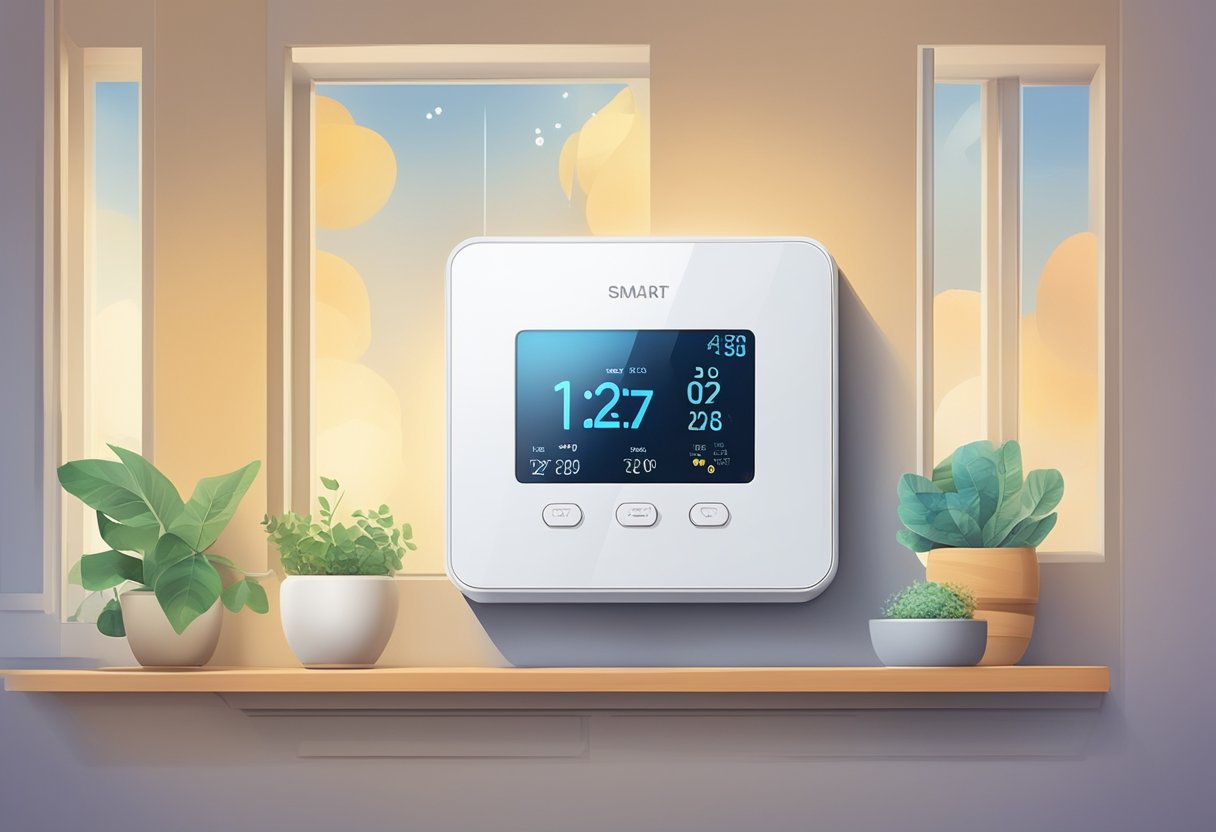
Smart thermostats with humidity control can be integrated with home automation systems for seamless control and added convenience. This integration can be achieved through various smart home platforms, such as Alexa, Google Assistant, HomeKit, SmartThings, and more.
Compatibility with Smart Home Platforms
Before purchasing a smart thermostat with humidity control, it is important to check its compatibility with the smart home platform you are using.
Most smart thermostats support popular platforms like Alexa, Google Assistant, and Apple HomeKit, but it is always best to check before making a purchase.
Some smart thermostats also support Samsung SmartThings, which is a popular smart home platform that allows you to control all your smart home devices from one app. With SmartThings, you can set up automations that turn on your smart thermostat when you leave for work and turn it off when you return home.
Voice Control and Smart Assistants
One of the biggest benefits of integrating a smart thermostat with humidity control into a smart home system is the ability to control it with your voice.
With Amazon Alexa or Google Assistant, you can simply say “set the temperature to 72 degrees” and your smart thermostat will adjust accordingly.
Apple HomeKit also allows you to control your smart thermostat with your voice using Siri. You can say “set the temperature to 72 degrees in the living room” and Siri will adjust the temperature in the specified room.
IFTTT is another popular smart home integration platform that allows you to create custom automations between your smart thermostat and other smart home devices. For example, you can set up an automation that turns on your smart humidifier when the humidity level in your home drops below a certain threshold.
Installation and Setup

When it comes to installing a smart thermostat with humidity control, there are a few things to consider. This section will cover the wiring and compatibility of these thermostats, as well as the differences between DIY and professional installation.
Wiring and Compatibility
One of the most important things to consider when installing a smart thermostat with humidity control is the wiring and compatibility with your HVAC system.
Most smart thermostats require a C-wire or common wire to function properly. Some older HVAC systems may not have a C-wire, but there are workarounds available, such as using a power extender kit or a Venstar Add-a-Wire adapter.
It’s also important to make sure that your HVAC system is compatible with the smart thermostat you choose. For example, some smart thermostats may not work with heat pumps or may only work with certain types of heating systems (gas, oil, electric, etc.). Be sure to check the compatibility of your HVAC system with the smart thermostat before making a purchase.
DIY vs Professional Installation
Another thing to consider when installing a smart thermostat with humidity control is whether to do it yourself or hire a professional.
DIY installation can be a cost-effective option and may be relatively simple if you have experience with electrical wiring. However, if you’re not comfortable working with electricity, it’s best to hire a professional to avoid any safety hazards.
Professional installation may be more expensive, but it ensures that the smart thermostat is installed correctly and that the wiring is done properly. Some smart thermostat manufacturers, such as Nest and Ecobee, offer professional installation services for an additional fee.
Maximizing Energy Savings
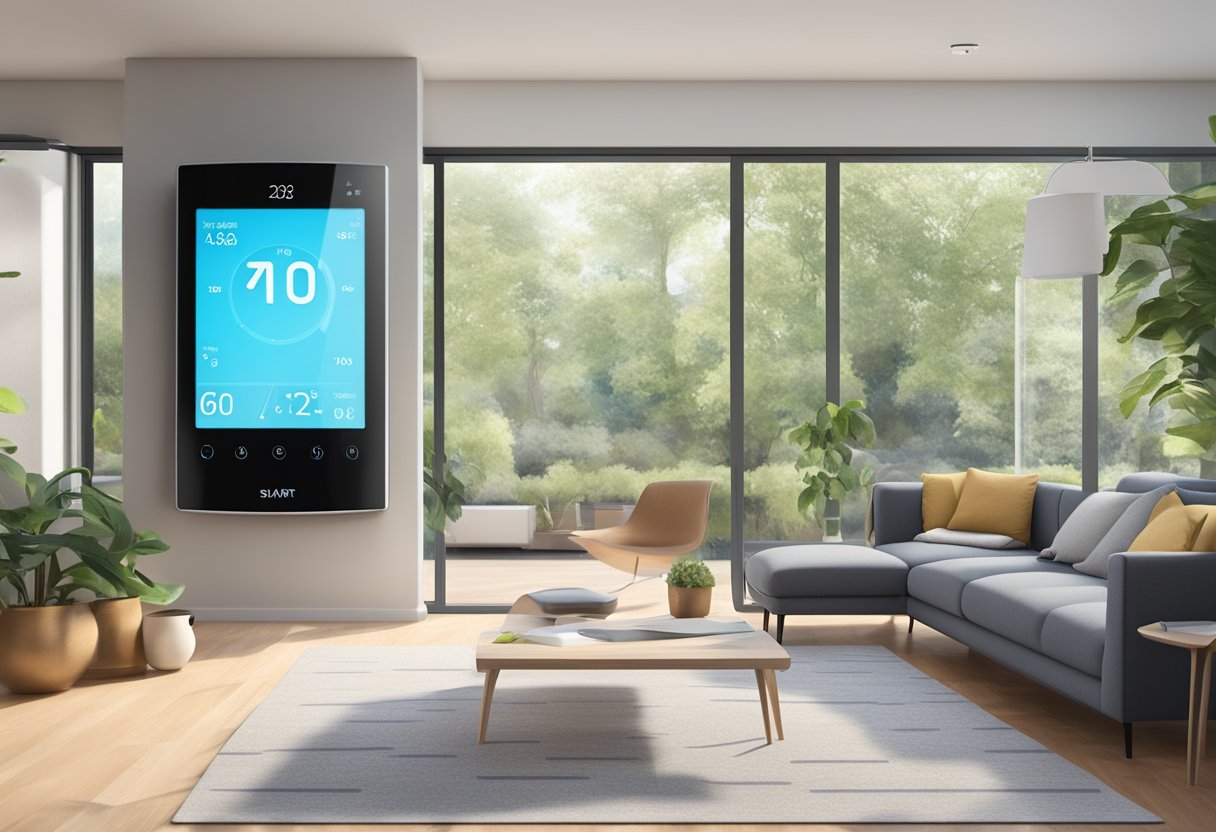
Smart thermostats with humidity control can help homeowners save money on their energy bills by optimizing heating and cooling. Here are some ways to maximize energy savings with a smart thermostat:
Optimizing Heating and Cooling
Smart thermostats can optimize heating and cooling by adjusting the temperature based on the homeowner’s schedule and preferences.
Some smart thermostats use geofencing technology to detect when the homeowner is away from home and adjust the temperature accordingly. This can help reduce energy usage and lower energy bills.
In addition, some smart thermostats are Energy Star certified, which means they meet strict energy efficiency guidelines set by the U.S. Environmental Protection Agency. Homeowners can save up to 10% on their heating and cooling costs by using an Energy Star certified smart thermostat.
Energy Usage Reports and Scheduling
Smart thermostats can also provide energy usage reports and scheduling options to help homeowners save money on their energy bills.
Energy usage reports can show homeowners how much energy they are using and when they are using it. This allows them to adjust their energy usage accordingly.
Scheduling options allow homeowners to set a schedule for their heating and cooling system based on their daily routine.
For example, homeowners can set their thermostat to turn off during the day when they are at work and turn back on before they return home. This can help reduce energy usage and lower energy bills.
Smart thermostats with humidity control can help homeowners save money on their energy bills by optimizing heating and cooling.
By using geofencing technology, scheduling options, and energy usage reports, homeowners can reduce their energy usage and lower their energy bills.

